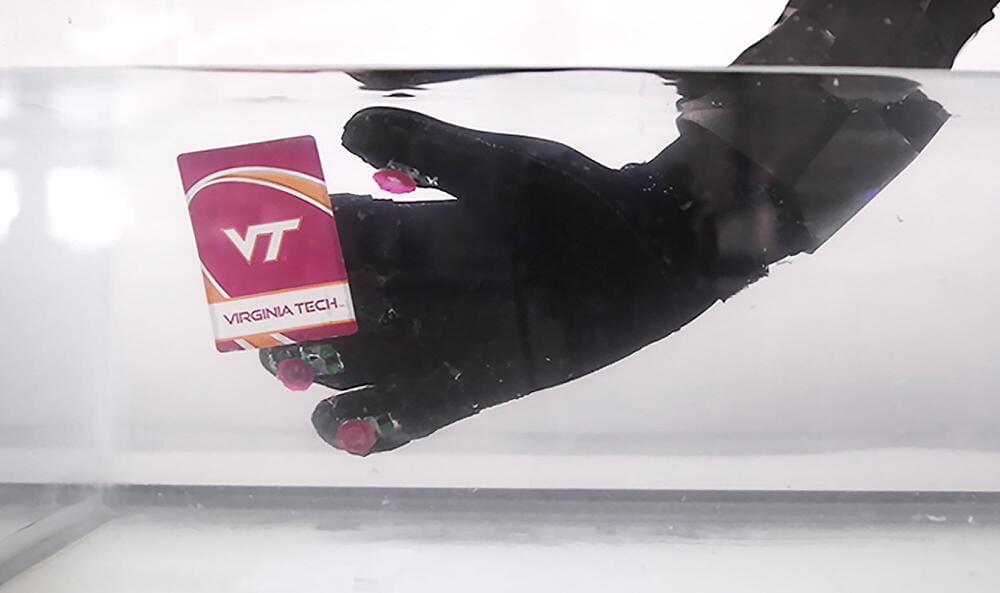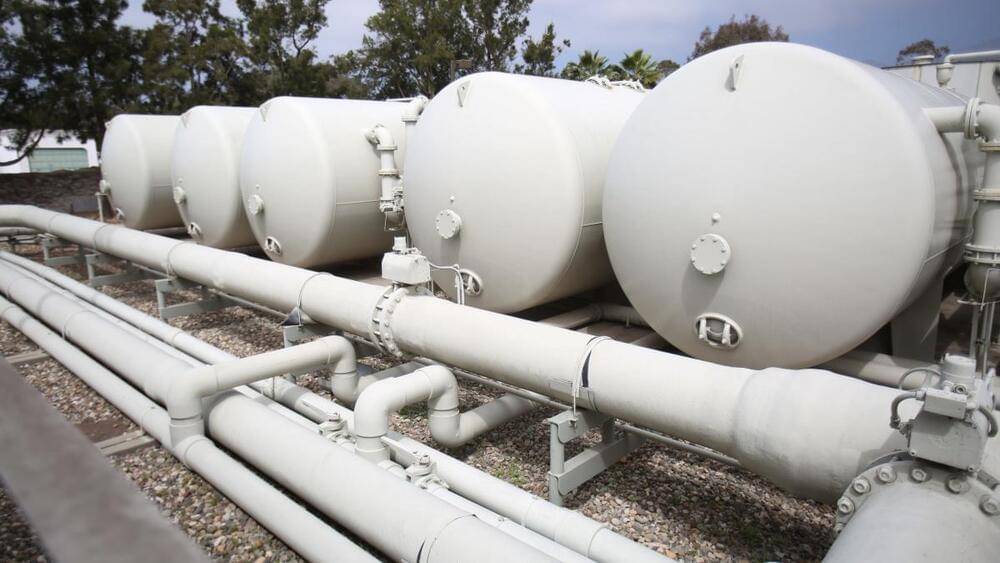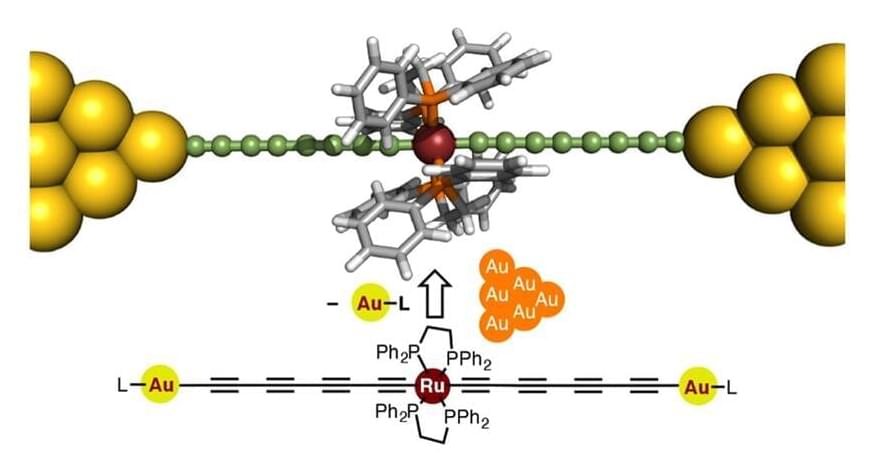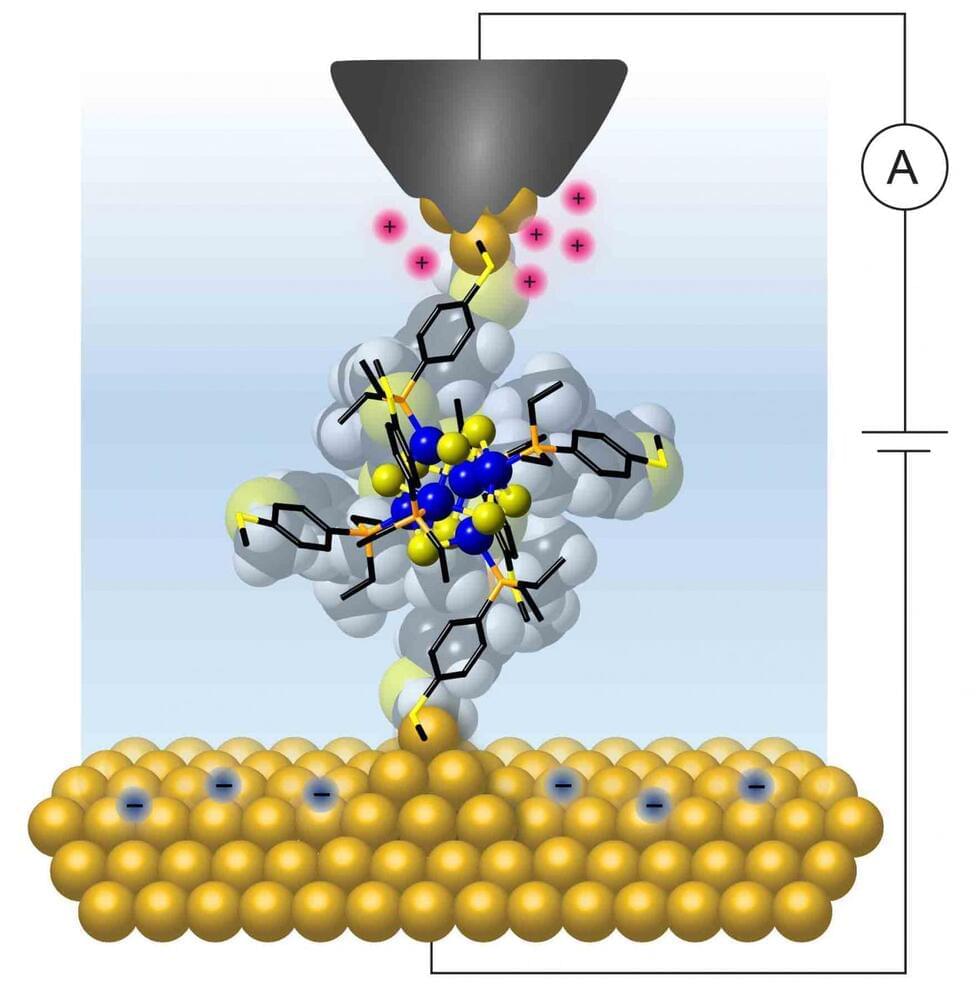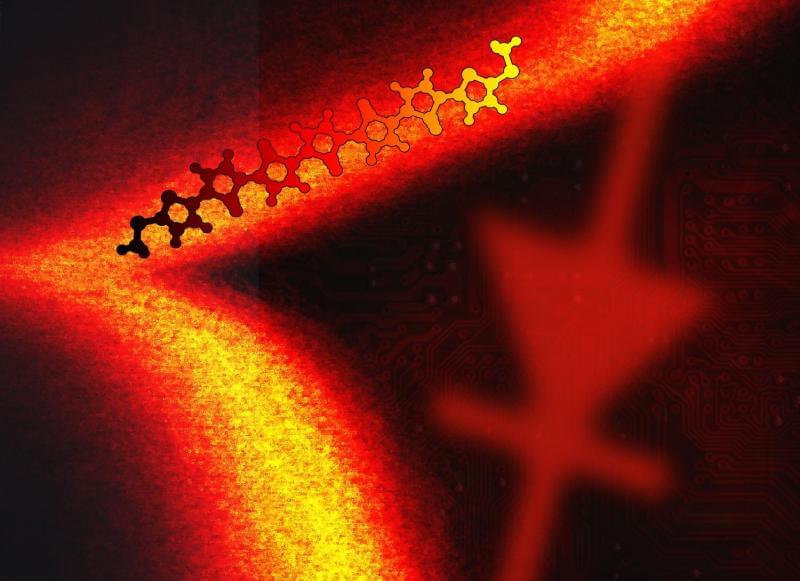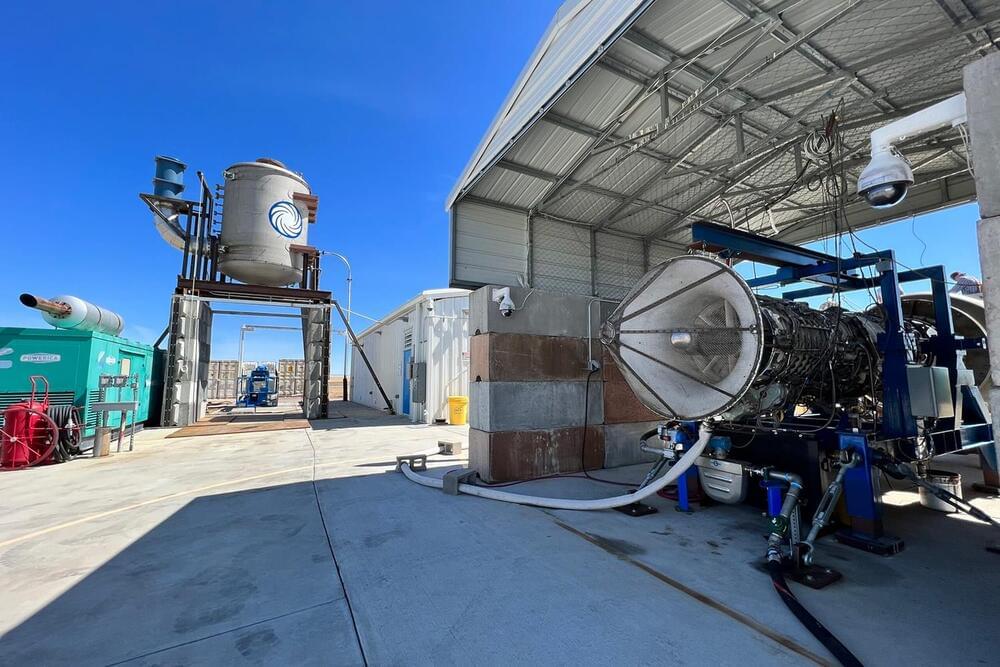Jul 16, 2022
MIT’s Raman Lab: At the Forefront of Building With Biology
Posted by Jose Ruben Rodriguez Fuentes in categories: biotech/medical, chemistry, engineering
Ritu Raman leads the Raman Lab, where she creates adaptive biological materials for applications in medicine and machines.
It seems that Ritu Raman was born with an aptitude for engineering. You may say it is in her blood since her mother is a chemical engineer, her father is a mechanical engineer, and her grandfather is a civil engineer. Throughout her childhood, she repeatedly witnessed firsthand the beneficial impact that engineering careers could have on communities. In fact, watching her parents build communication towers to connect the rural villages of Kenya to the global infrastructure is one of her earliest memories. She still vividly remembers the excitement she felt watching the emergence of a physical manifestation of innovation that would have a long-lasting positive impact on the community.
Continue reading “MIT’s Raman Lab: At the Forefront of Building With Biology” »

